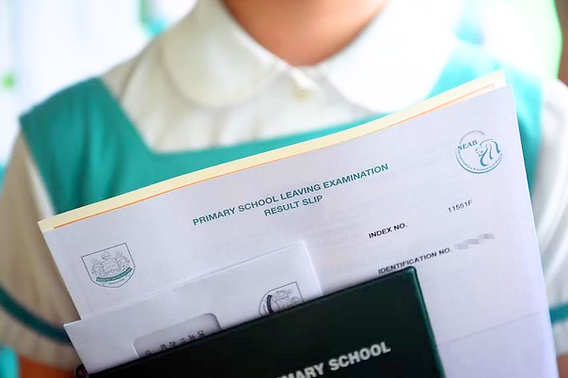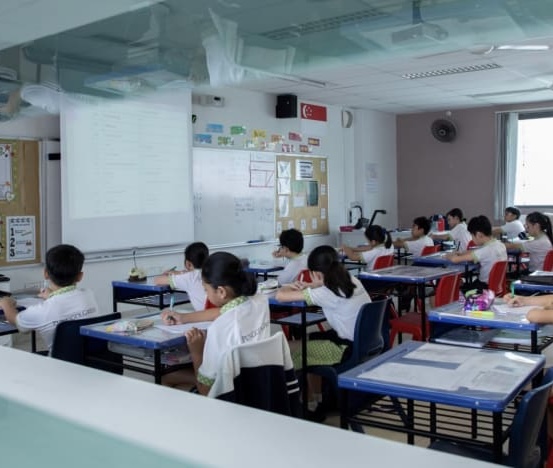Introduction
The transition from the T-score system to the Achievement Level (AL) system for PSLE was a monumental shift aimed at reducing stress and encouraging a more holistic understanding of each student’s abilities. This new system assesses students based on broad proficiency bands rather than precise scores, a move designed to foster a balanced educational environment. But what does this mean for you as a parent, and how can you best navigate this change?
Understanding the AL System
The AL system categorizes students’ exam performance into eight levels, ranging from AL1 to AL8. Each level corresponds to a range of marks, allowing for a straightforward understanding of where your child stands academically:
- AL1: 90-100 (Indicates a high level of understanding and mastery)
- AL2: 85-89
- AL3: 80-84
- AL4: 75-79
- AL5: 65-74
- AL6: 45-64
- AL7: 20-44
- AL8: 0-19 (Indicates a need for significant improvement in understanding)
With this system, a child’s total PSLE score is calculated by summing the ALs achieved across four subjects. The lowest possible total AL score is 4 (indicating the best performance across all subjects), while the highest is 32.

The Impact on Secondary School Placement
One of the primary concerns for parents is how the AL system affects secondary school placements. Unlike the previous T-score system, which emphasized minute score differences, the AL system groups students into wider bands, thus minimizing stressful competition over decimal points.
The placement for secondary schools is now based on the total AL score. Students with lower total AL scores (better performance) are given priority for placement in their preferred schools. This system encourages students and parents to focus on genuine learning and interest-driven choices rather than solely competing for marks.
What This Means for Your Child’s Learning
The transition to the AL system emphasizes a more holistic approach to education. Here are a few key considerations:
- Focus on Learning, Not Just Scoring: Encourage your child to develop a deep understanding of subjects rather than rote memorization. This system rewards comprehension and application of knowledge.
- Balanced Development: With reduced pressure to achieve perfect scores, students can pursue a wider range of interests, from sports and arts to learning new skills that contribute to their overall development.
- Parental Support: Be actively involved in your child’s education by understanding their strengths and areas for improvement. Provide support where needed, whether through additional resources or encouragement.
- Mental Well-being: The AL system aims to lower stress levels associated with exams. Ensure your child maintains a healthy study-life balance, and be attentive to signs of stress or burnout.
Conclusion
The introduction of the Achievement Level system marks a significant stride towards a more balanced and comprehensive educational framework in Singapore. By understanding the AL system and adapting to its nuances, Singapore parents can better support their children’s educational journeys, ensuring they grow into well-rounded individuals. Engage in open conversations with your child about their interests and academic experiences, and together embrace the opportunities that come with this educational evolution.



